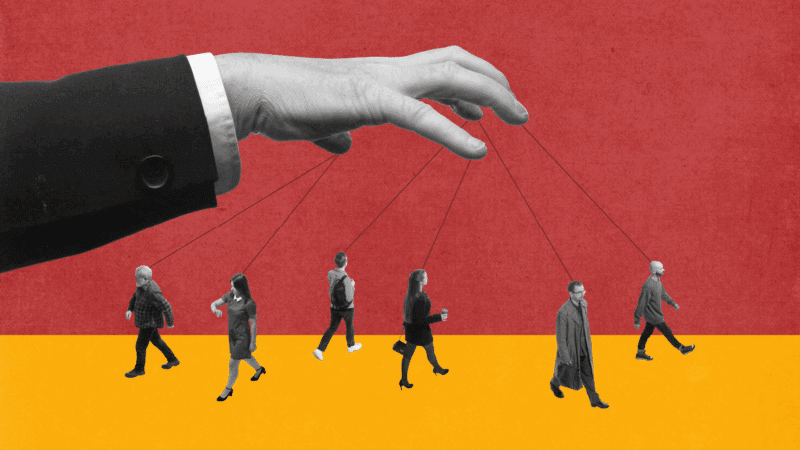
Marketing often walks a fine line between persuasion and manipulation. Some critics even say it’s all manipulation, no persuasion!
I’ve always championed ethical strategies and tactics that use decision-making psychology to help customers decide. That’s effective persuasion. But today, I see marketers using aggressive tactics masquerading as conversion-focused copy.
Did marketers get lazy? Or are they desperate? I see marketers using persuasion psychology as weapons, not tools for clarity and connection. That leads to a rise in dark patterns, fake urgency and shady psychological pressure tactics that do nothing but erode trust. I’m here to set the record straight.
Persuasion ≠ manipulation
Persuasion gets a bad rap. But persuasion — real persuasion — is not about tricking people. It’s about helping them. It still aims to change their minds but uses logic and reason and removes barriers or misunderstandings so your points are clear and understandable. It’s all above board.
Dig deeper: How persuasive email design can influence the ecommerce customer journey
Ethical persuasion is a service.
- It guides your customers to make informed decisions.
- It removes friction and confusion.
- It recognizes where they are in their journey and offers the right solutions at the right time.
In contrast, manipulation preys on insecurities, shame or panic to drive a decision that benefits only the brand. It’s trickery instead of service.
It’s also yesterday’s news. Manipulation is brand-first messaging in a customer-first world.
Let’s talk about the dirty tricks
Marketers who use manipulation often rely on dark patterns and false narratives like the following.
- Fake urgency: Saying “Only 3 left!” when stock is unlimited. In the United States, this tactic might be illegal, too. A Washington State court recently upheld a consumer complaint accusing Old Navy of using deceptive subject lines on emails promoting a deadline-driven campaign.
- Guilt-tripping: “You’ll regret this forever if you don’t act now.”
- Hidden fees and trick pricing: Surprise charges at checkout. Again, in the U.S., the Federal Trade Commission recently banned junk fees from being tacked onto tickets or travel purchases.
- Shady opt-ins: Pre-checking opt-in boxes, hiding opt-in requirements in terms and conditions or camouflaging unsubscribe links in email messages. These are illegal in many countries, including EU members, who are subject to GDPR.
- Emotional blackmail: Opt-in popovers that label an opt-out link “Only bad parents would skip this offer” or “No, I don’t care about saving money.”
These tactics aren’t clever marketing. They are exploitation dressed up in pixels and popups.
What ethical persuasion looks like
Persuasion respects your audience and builds trust. It’s rooted in behavioral science, psychology and empathy. Take time to read up on how humans make decisions and how you can reach people where they are instead of forcing or tricking them into making decisions.
Persuasive design uses these principles to make decision-making easier. Another tool is tapping into people’s emotional shortcuts to decide. That is System 1 thinking, which is our emotional, intuitive response to good and bad information.
Are you a persuasive marketer? See how many qualities you share from my list:
- You meet people where they are through lifecycle marketing, segmentation and relevance.
- You ethically use cognitive biases, such as social proof, curiosity, or reducing the paradox of choice. You don’t promote fearmongering.
- You tap into desires, values and motivations instead of manufacturing fake scarcity or panic.
- You respect boundaries and privacy with transparent choices, explicit opt-ins and zero sleight of hand.
- You build long-term customer relationships because real persuasion isn’t about getting an immediate sale. It’s about the next one and the one after that.
Dig deeper: How cognitive biases shape email engagement
Write for humans, not algorithms
If you want your brand to last — if you care about lifetime value, referrals and reputation — ditch the manipulation.
Write with clarity. Design with empathy. Market with respect.
In a world full of clickbait, be the brand your customers can trust.
The post Real persuasion doesn’t require manipulation appeared first on MarTech.
